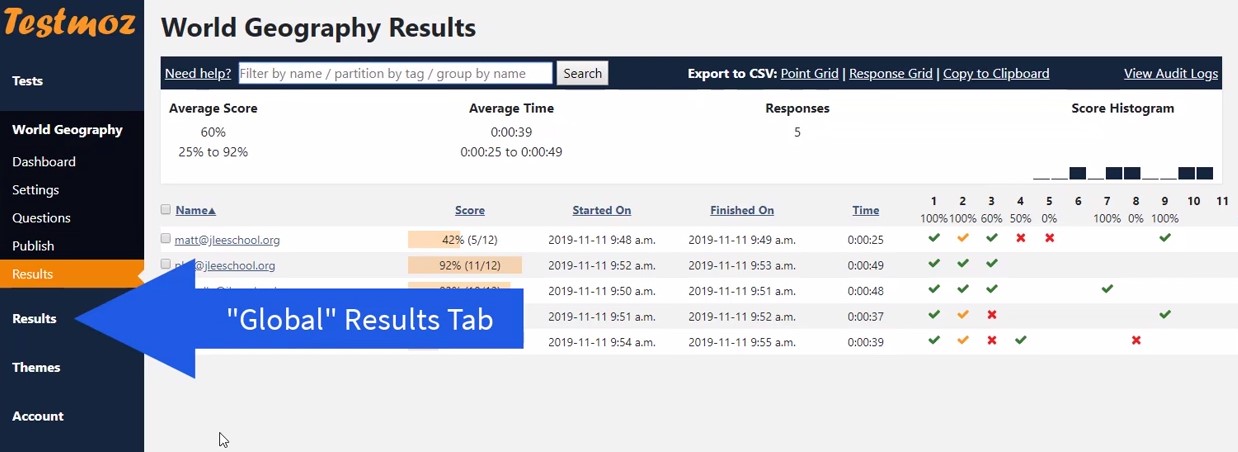How do you bring about change regarding AI adoption in your school or district? Change management is a massive job that can easily fail due to many factors. Let’s explore how to shift from one phase of District AI Adoption to another, identifying indicators for each phase of progress. You will also get access to a self-assessment you can take that provides specific feedback.
Reviewing Responsible AI Adoption Phases
In a previous blog entry, Responsible AI Adoption, I shared a five AI Adoption phases school districts go through. Some districts or schools may get stuck in a particular phase with no desire to move to the next one. Others may step back from their use in the face of opposition, lack of funding, or an inability to maintain their place. That is to say, AI adoption is fluid and subject to change.
The five adoption phases are briefly described below:
- AI Secured. At this phase, AI usage is prohibited or discouraged.
- AI Exploration. In this phase, guardrails are available that allow exploration of free versions of digital tools.
- AI Pilot Programs. Managed AI tools are introduced for specific purposes.
- AI Unification. A clear district-wide approach to centralized AI use is in place and it is integrated into key areas.
- AI Everywhere. AI is fully integrated into school district policies, procedures, curriculum, and guidance is available to all.
It is unlikely that any school is at Phase 5, and getting there may take years of sustained effort and massive funding. And getting from Phase 1 (AI Secured) to Phase 3 (AI Exploration) involves constructing new ways of teaching, learning, leading, and outreach.
The first step has to involve assessing where you are now. Let’s take a look at a tool that can assist you in achieving that.
School Organizational Self-Assessment
Take a moment to complete this assessment online. You will be prompted to ask several questions before getting your results.
You can also complete a paper version of the assessment:
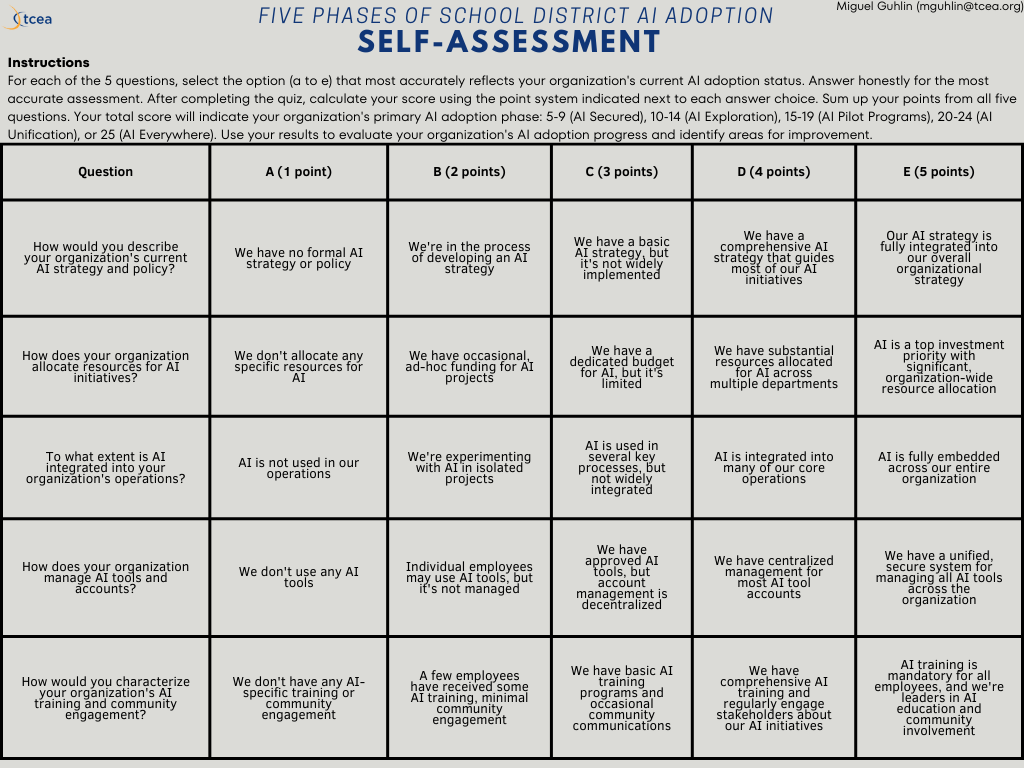
Moving Towards Your Target
Now that you have an idea of what phase of AI Adoption your organization falls into, you may be asking the real question of, “How do I get my school or district to move forward to the next phase?” One thing is for certain. You can’t do it alone. It will require a concerted effort from everyone on your team. If you are a school district leader and lack the trust, relationships, and political capital to get things done, shifting phases from Exploration to Unification may be impossible.
Shifting from Phase One to Phase Two
To move from Phase 1: AI Secured to Phase 2: AI Exploration, a school district needs to shift its stance on AI from prohibition to cautious exploration. Here are some suggested steps that identify where to focus your efforts:
- Policy Revision: Update district policies to allow for the exploration and use of AI tools for educational purposes. Clearly outline any restrictions or guardrails that teachers need to be aware of.
- Professional Development: Provide teachers with training and resources on how to evaluate and use AI tools responsibly. This could include workshops, online courses, or access to experts in the field.
- Account Management: Set up individual teacher accounts for approved AI tools, allowing them to start experimenting in a controlled environment.
- Communication: Inform parents and the community about the district’s decision to allow AI exploration. Emphasize the focus on responsible use and the potential benefits for student learning.
- Pilot Projects: Encourage teachers to pilot AI tools in their classrooms and gather feedback on their experiences. This will help the district make informed decisions about future AI adoption.
The transition from Phase 1 to Phase 2 involves a shift in mindset and policy. What’s more, teachers and staff must have the necessary support and resources to explore AI tools effectively and responsibly. And, they have to believe it’s necessary.
Transitioning from Phase Two to Three
To transition from Phase 2: AI Exploration to Phase 3: AI Pilot Programs, the school district needs to:
- leverage the learnings and insights from their exploration phase
- implement AI in a more targeted and structured manner.
Some approaches it can take include:
- Identify Goals and Target Areas: Based on teacher feedback and the district’s overall objectives, identify specific areas where AI can have the most impact. These could be improving writing skills, supporting struggling students, or enhancing STEM education.
- Select Appropriate AI Tools: Choose AI tools that align with the identified goals and are suitable for use in the classroom. Consider factors such as ease of use, data privacy, and accessibility.
- Develop Guidelines and Training: Create clear guidelines for teachers on how to effectively use AI tools in their pilot programs. Provide targeted professional development to ensure they feel confident and prepared.
- Launch Pilot Programs: Introduce the selected AI tools into specific classrooms or grade levels, focusing on the targeted areas. Monitor the pilot programs closely, gather feedback, and measure the impact on student learning and engagement.
- Expand Access: Based on the success of the pilot programs, gradually expand access to AI tools to other teachers and subject areas.
The key shift in this is focused implementation. It is worth getting a team together to set clear goals, strategically select AI tools, and saturate everything done with professional learning on blending AI into their work. What do AI use cases look like? How do they save time? How much time do they save? How do they make the work of teaching, learning, and leading less difficult?
| Original Task | Task Description | AI-Redesigned Process | Benefits | Time Spent Before | Time Spent After | AI Tool | Sample Prompt |
| Lesson Planning | Develop detailed lesson plans that align with curriculum standards | Use AI to generate lesson plans based on TEKS/standards with embedded activities | Quick and consistent lesson planning | 2 hrs | 20 mins | ChatGPT, Claude, Perplexity | “Create a lesson plan for 5th-grade Science on ecosystems, aligned with TEKS standards. Include objectives, materials, activities, and assessment strategies.” |
| Differentiated Instruction | Create differentiated activities for diverse learners in the classroom | AI-generated activities tailored to different learning styles and needs | Ensures every student has an appropriate activity | 1 hr | 15 mins | ChatGPT, Claude, Perplexity | “Design three differentiated activities for a 3rd-grade math lesson on fractions. Include options for visual, auditory, and kinesthetic learners.” |
| Grading and Feedback | Grade assignments and provide personalized feedback to students | AI-assisted grading with auto-generated feedback based on student performance | Reduces grading time and improves feedback quality | 4 hrs | 1 hr | ChatGPT, Perplexity | “Grade these 10 student essays on the topic of renewable energy. Provide personalized feedback for each, focusing on strengths and areas for improvement.” |
Stepping from Phase Three to Four
Stepping from Phase 3: AI Pilot Programs to Phase 4: AI Unification suggests a broader blending of AI across the district. To get this change going, consider these tips:
- Evaluate & Refine: Thoroughly evaluate the outcomes of your pilot programs. Identify what worked well, areas needing improvement, and collect feedback from teachers and students. Use these insights to refine your approach to AI implementation.
- District-wide Policy: Develop a comprehensive AI policy that outlines district-wide guidelines for AI use, including data privacy, ethical considerations, and acceptable use cases.
- Centralized Management: Implement a centralized system for managing AI tool access and usage across the district. This ensures consistency, facilitates monitoring, and helps address any concerns related to equity and access.
- Expand Integration: Based on successful pilots and teacher readiness, strategically expand the use of AI tools across different grade levels and subject areas.
- Professional Development: Provide ongoing professional development opportunities for teachers, focusing on advanced AI integration techniques and best practices.
- Curriculum Alignment: Collaborate with curriculum specialists to incorporate AI tools and concepts into the curriculum, ensuring alignment with learning objectives and standards.
- Regular Assessment: Establish a system for regular assessment and evaluation of AI’s impact on student learning and achievement. Use data-driven insights to inform future decisions and improvements.
In this step from Phase Three to Four, you are scaling-up of AI adoption. This will involve district-wide coordination, standardizing practices, and refining curriculum, teaching approaches with AI.
Progressing from Phase Four to Phase 5
The progression from Phase 4: AI Unification to Phase 5: AI Everywhere represents a complete integration of AI into the fabric of the school district’s operations and culture. At this point, we can only imagine what this might look like.
To get there, you might take these steps:
- Seamless Access: Implement a single sign-on system for all AI tools used within the district, providing seamless access for both students and teachers.
- AI in all aspects of learning: Embed AI tools not only in the curriculum, but also in administrative tasks, professional development, and student support services.
- Comprehensive Guidance: Continuously update and refine AI guidelines and support resources to address emerging challenges and opportunities. Ensure all stakeholders, including students, teachers, administrators, and parents, are well-informed about responsible AI use.
- Community Engagement: Actively engage the community in discussions about the role of AI in education. Foster an open dialogue and address any concerns related to ethics, privacy, and equity.
- Lifelong Learning: Promote a culture of lifelong learning around AI, encouraging teachers and students to stay abreast of advancements and explore innovative applications.
Moving from Phase Four to Five means that AI has become an integral and ubiquitous part of the schooling experience. In this environment, AI powers teaching, learning, and decision-making at all levels.



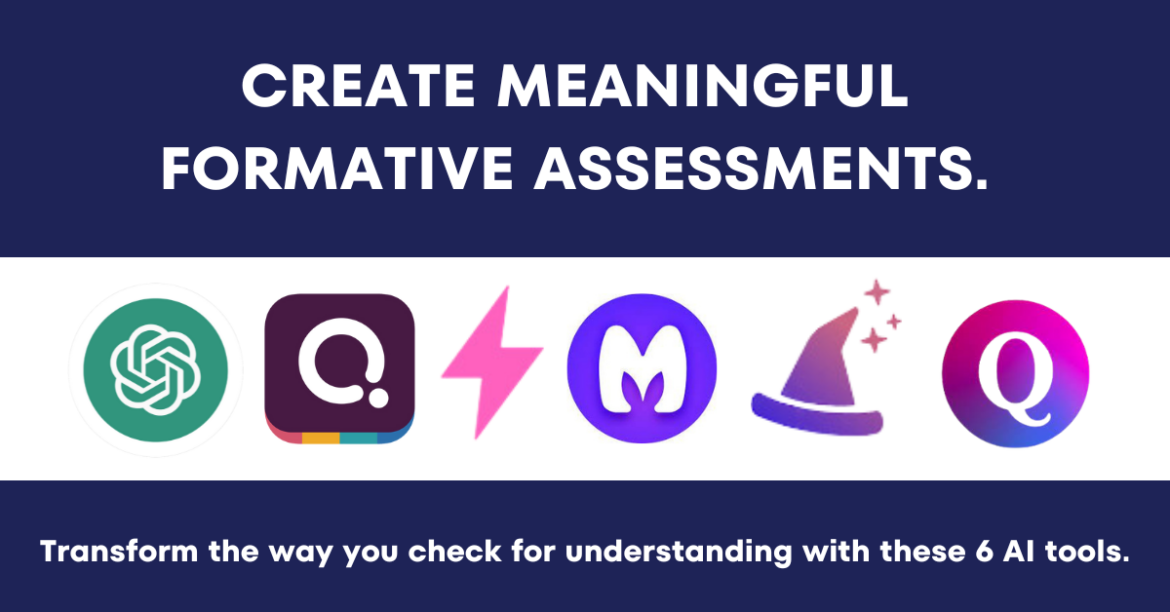
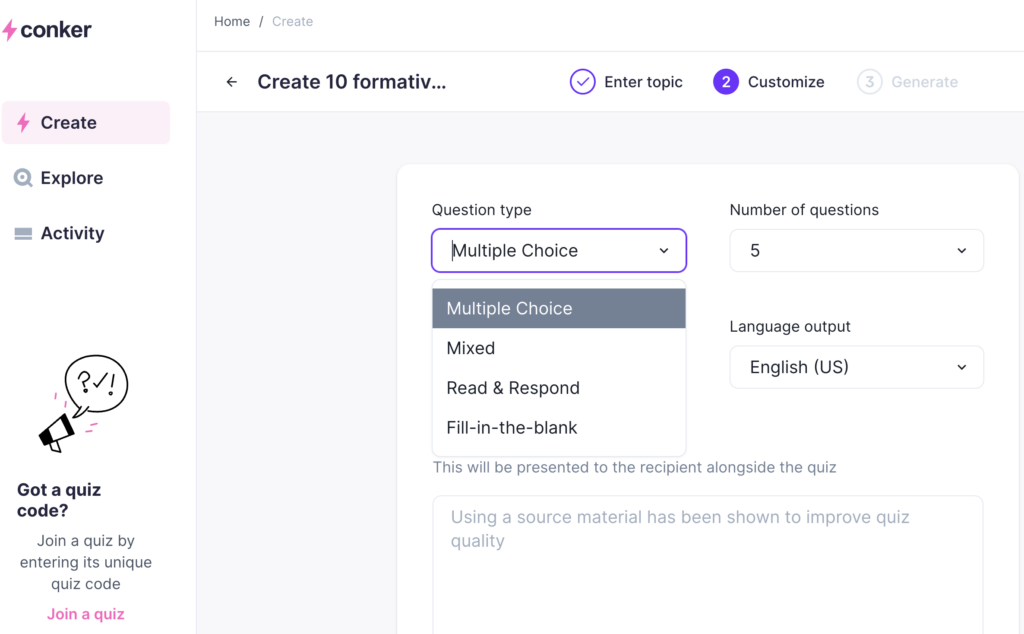
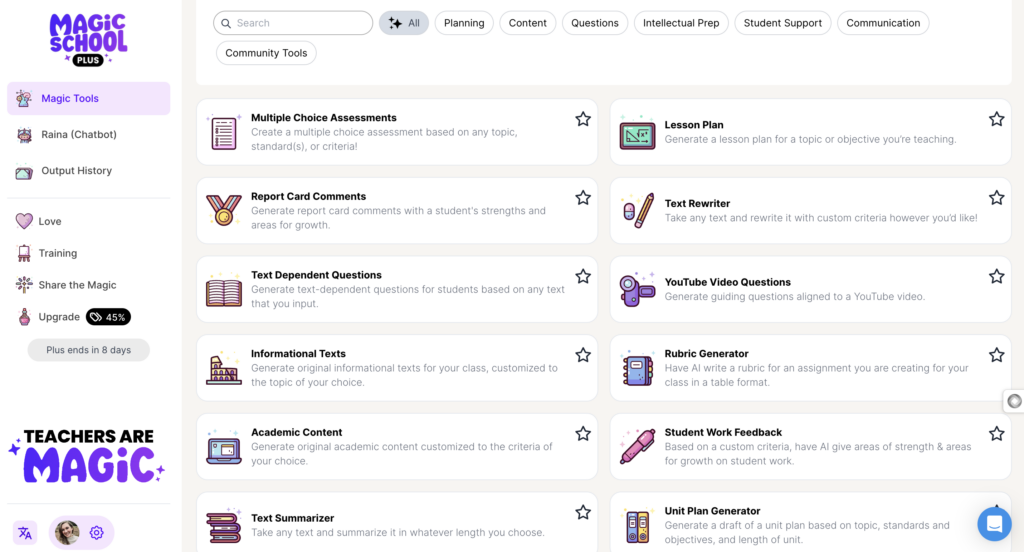
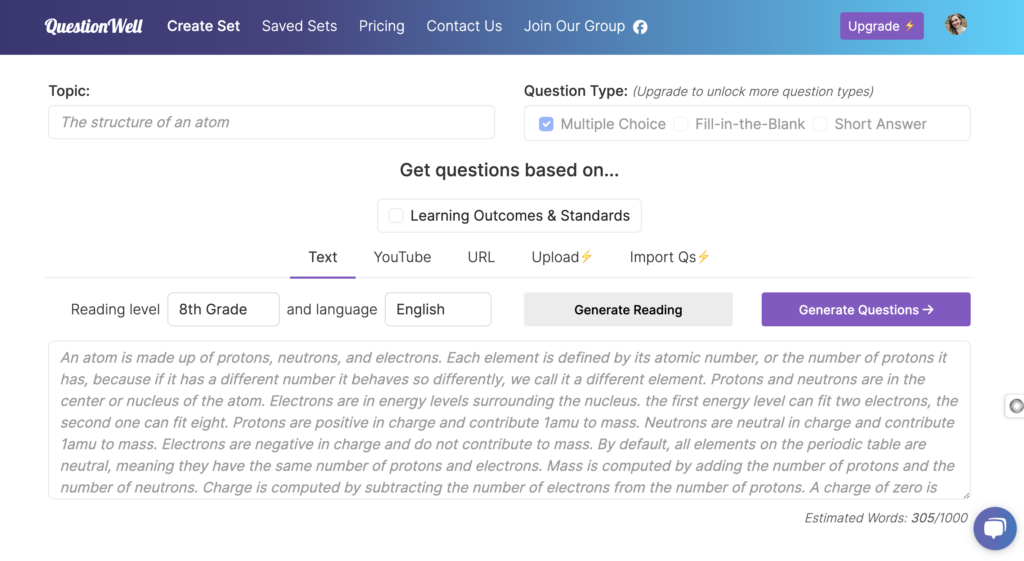
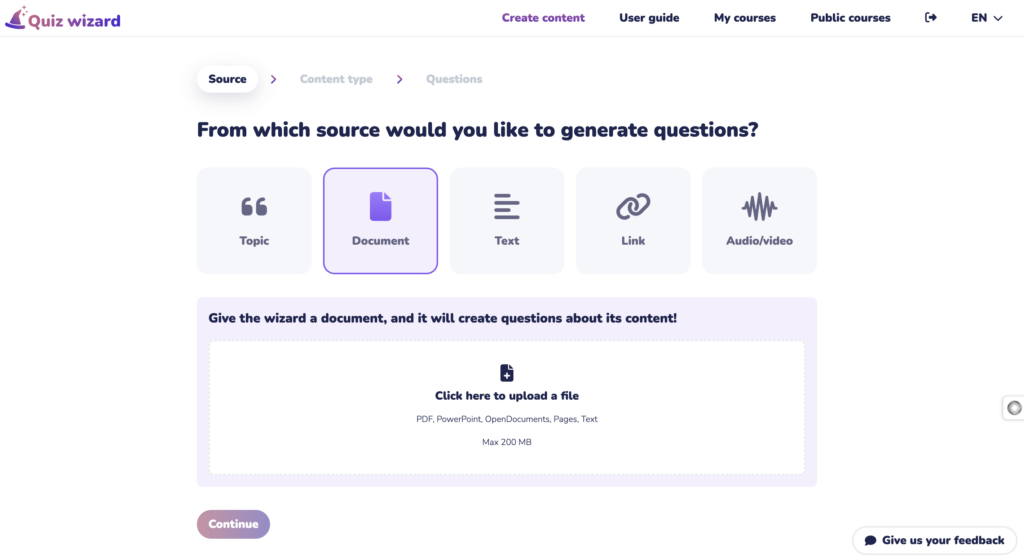
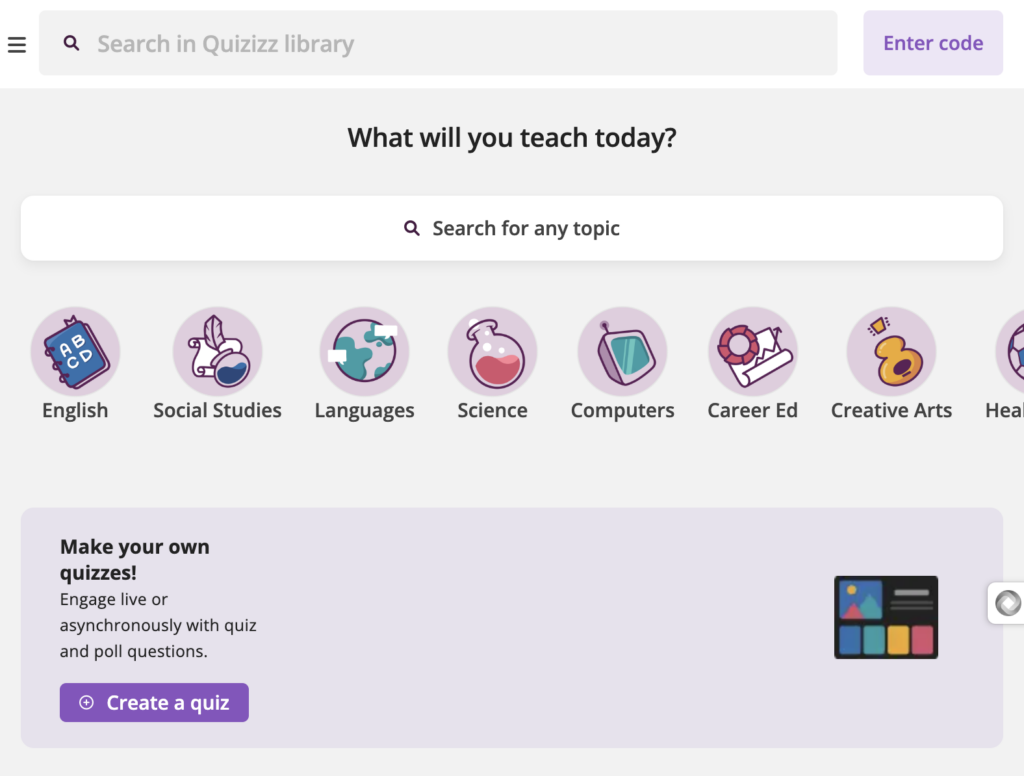
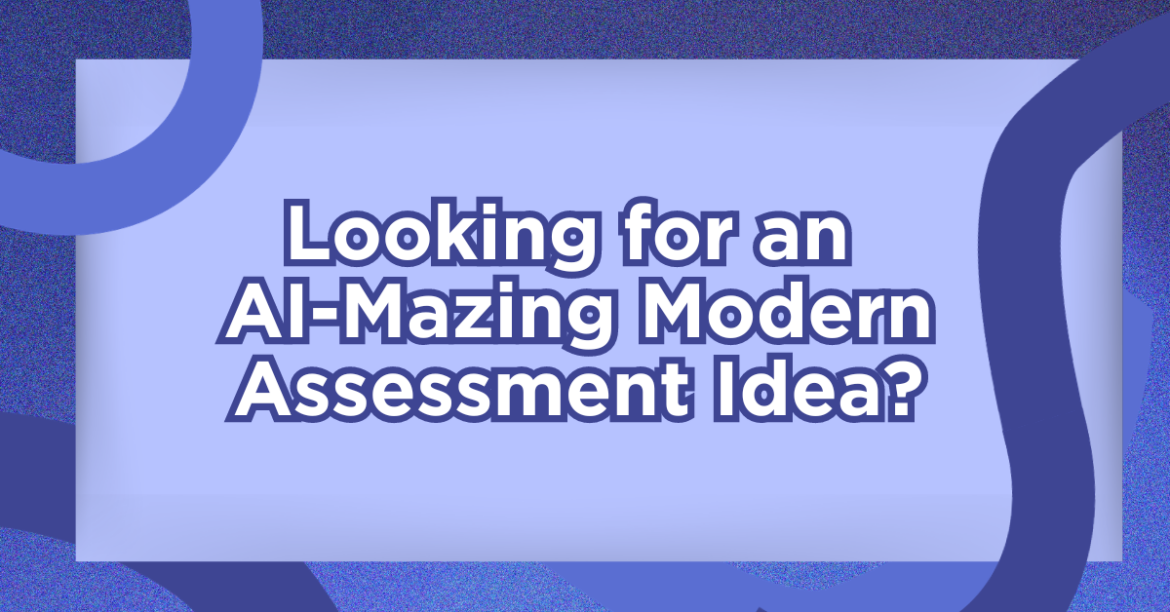
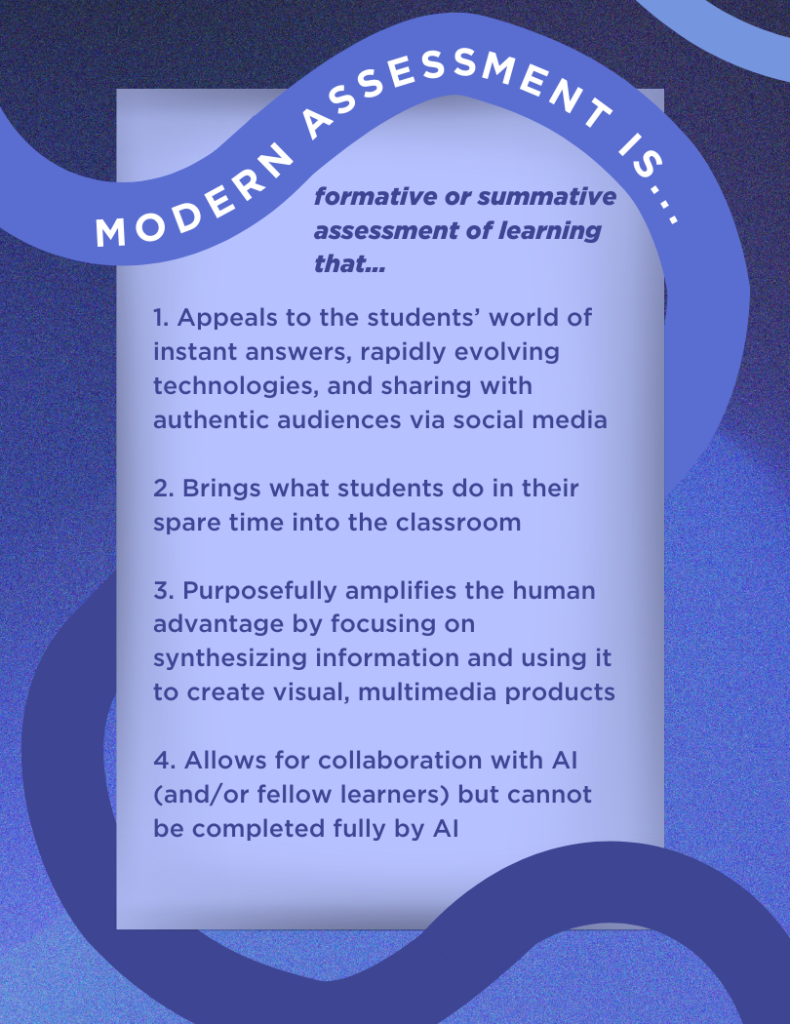
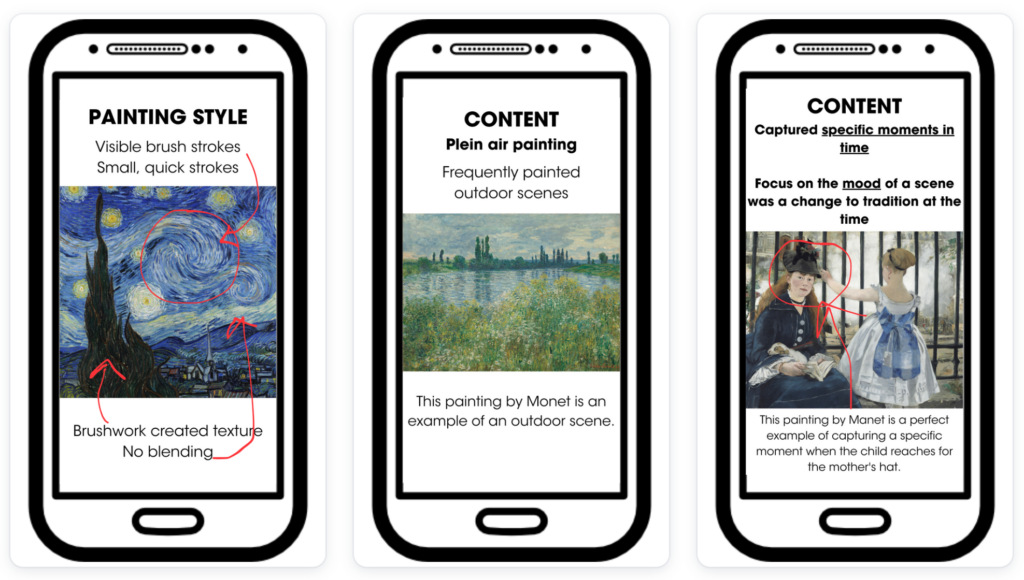
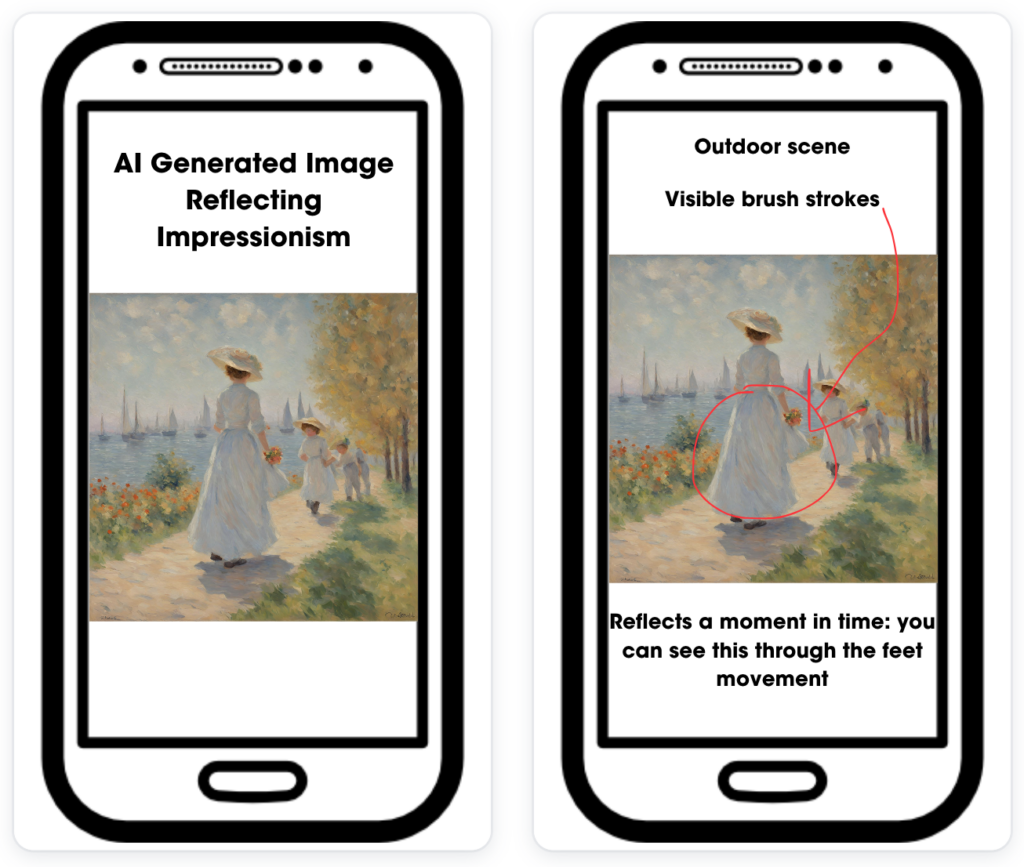
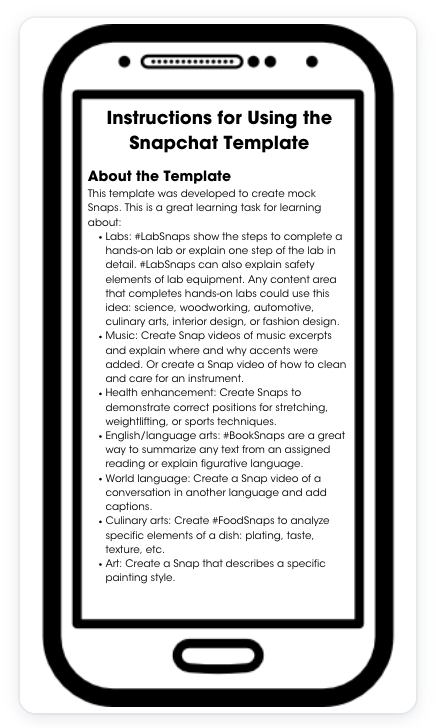
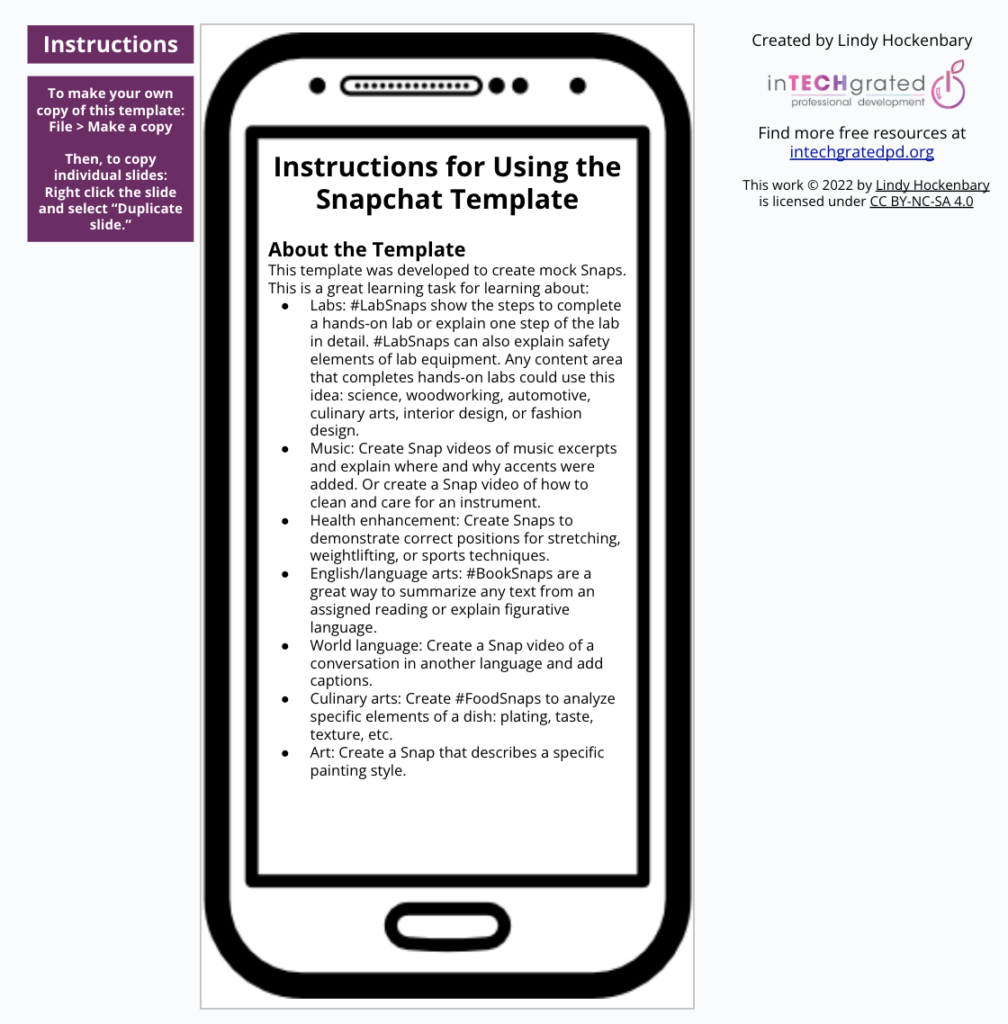


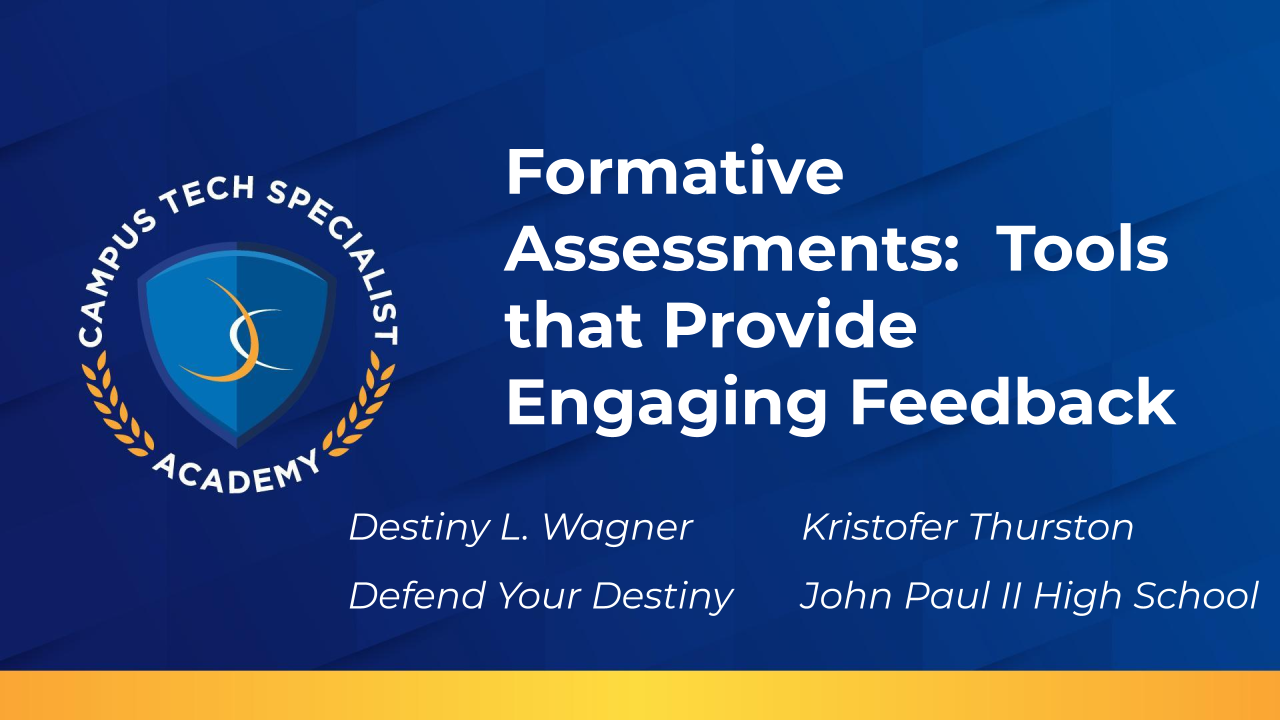

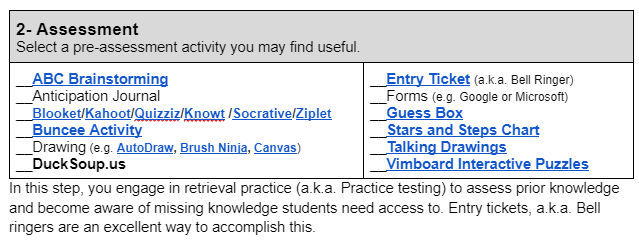
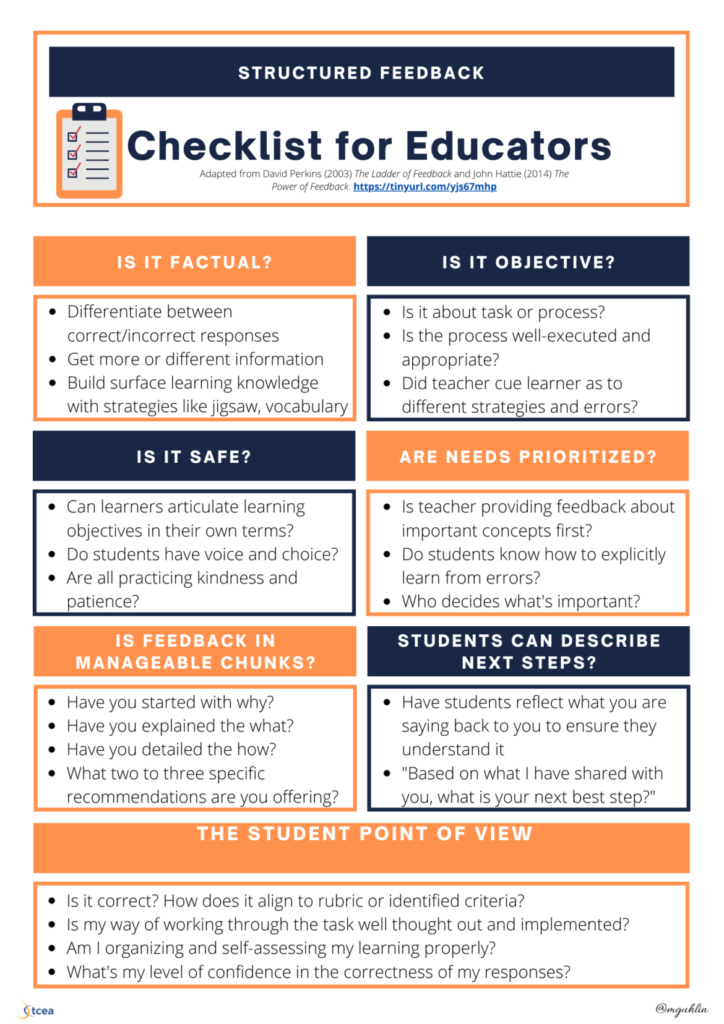
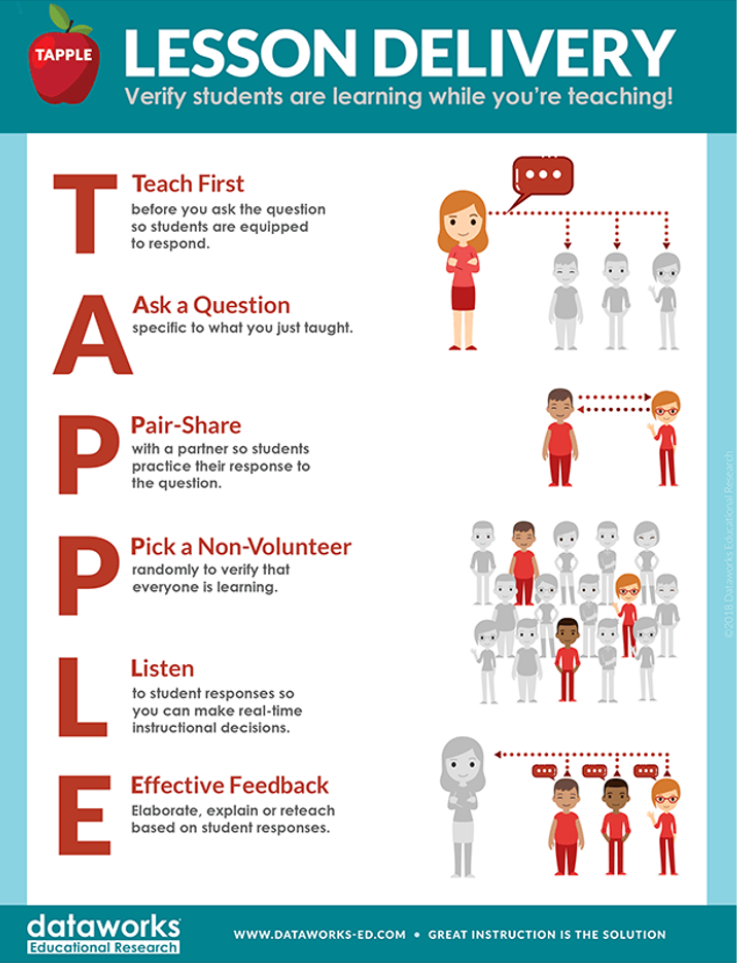

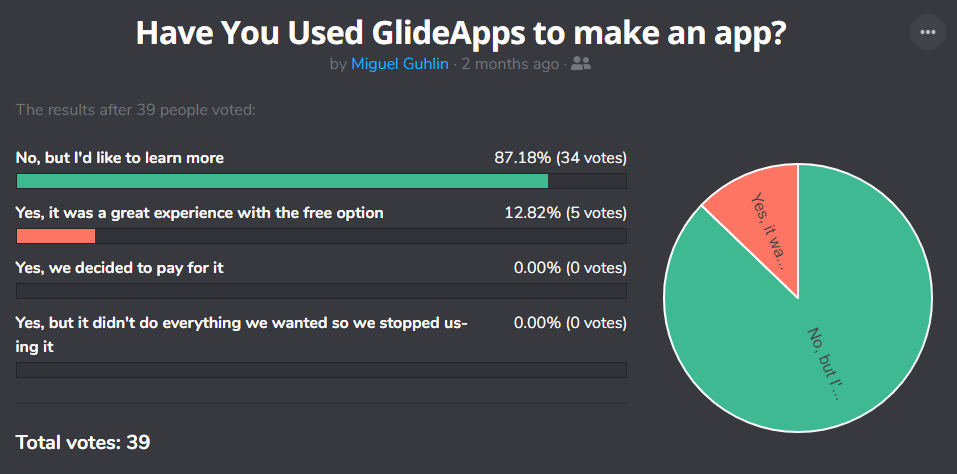
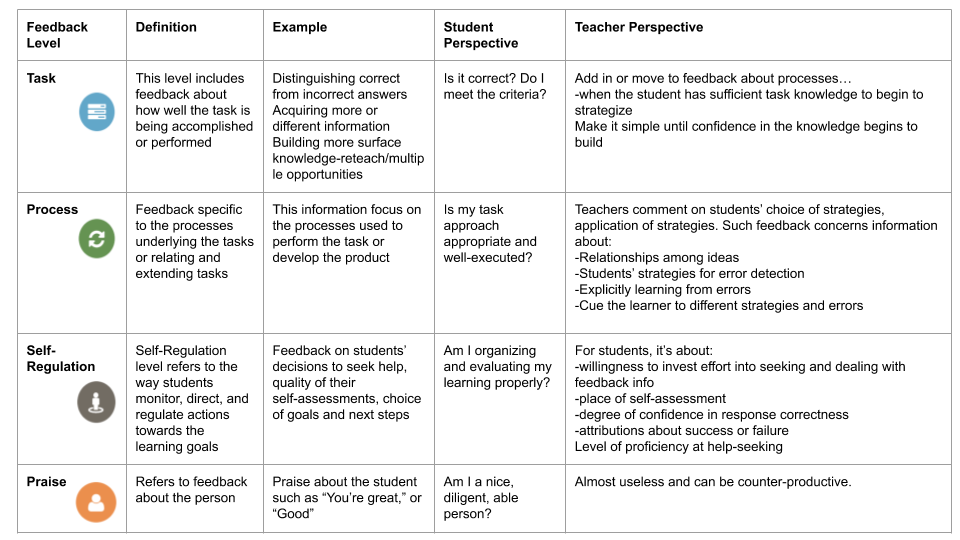
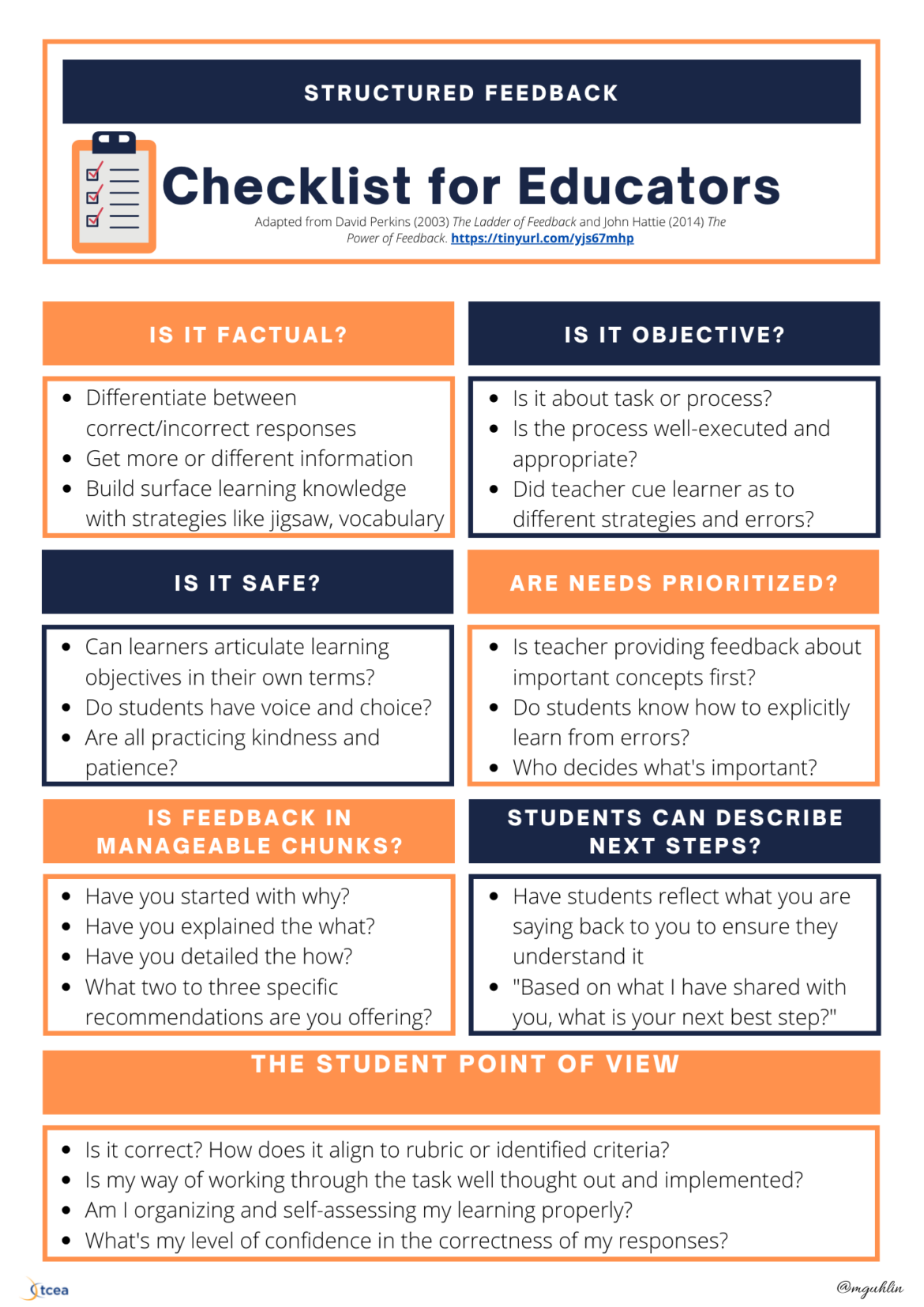

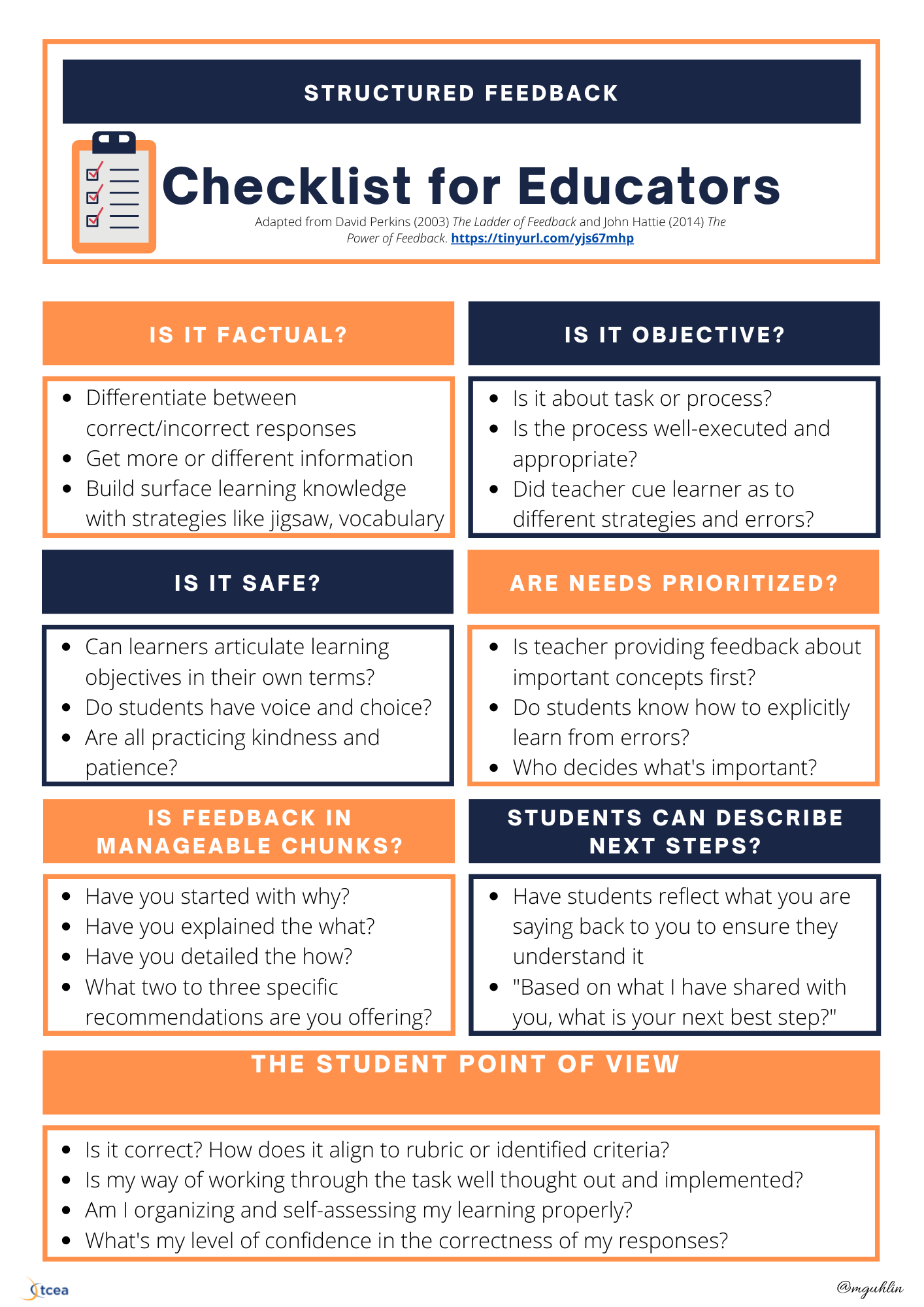

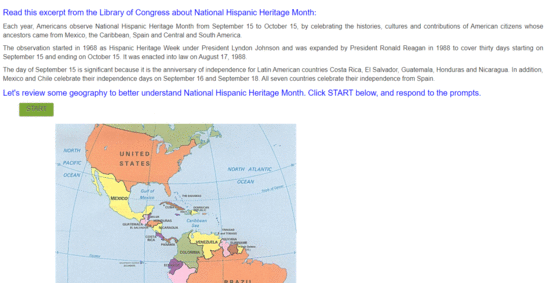



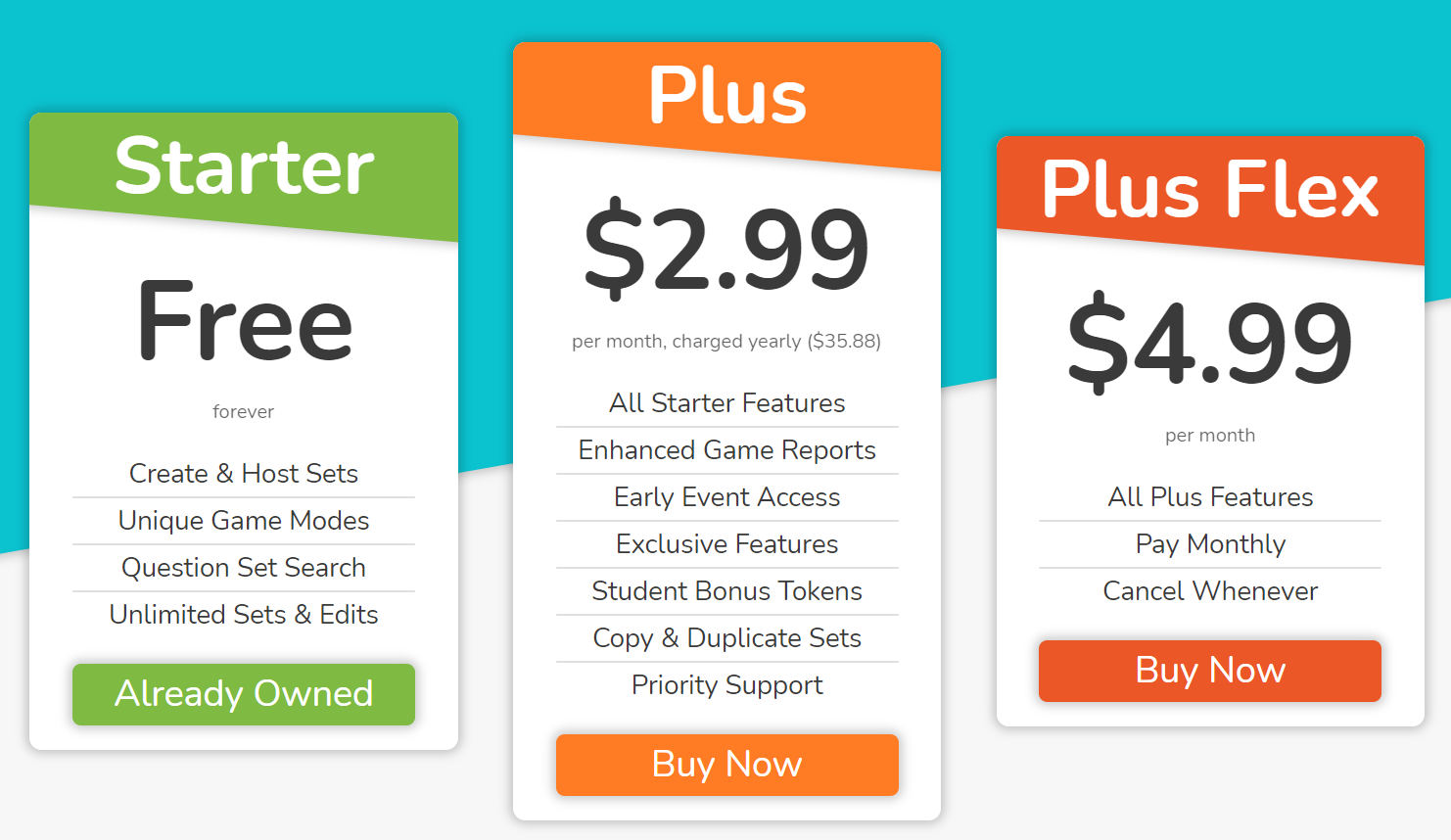
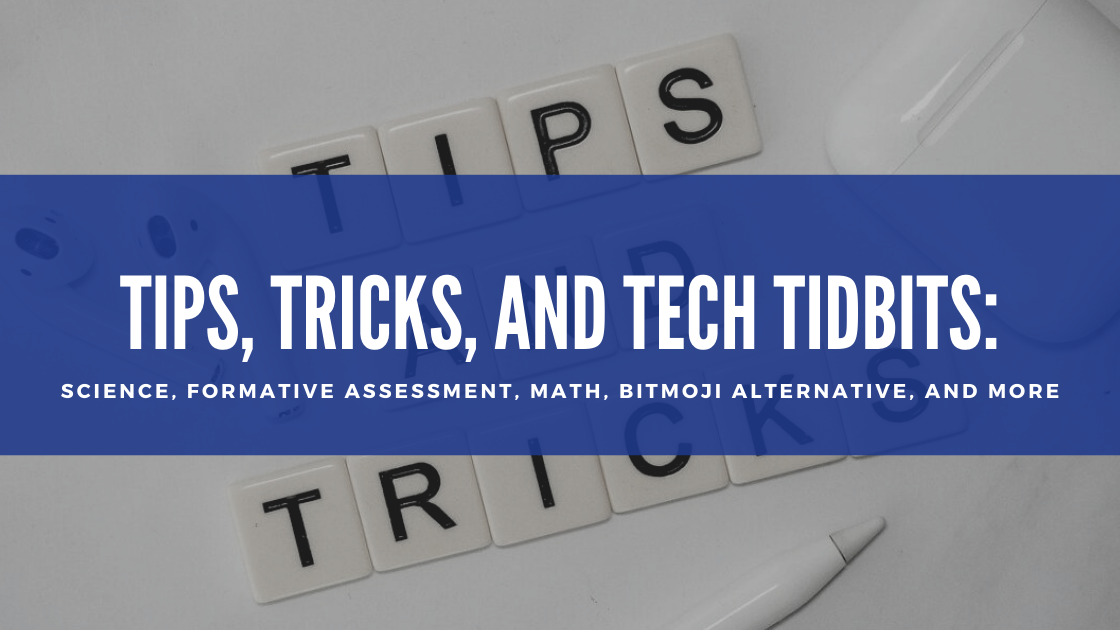
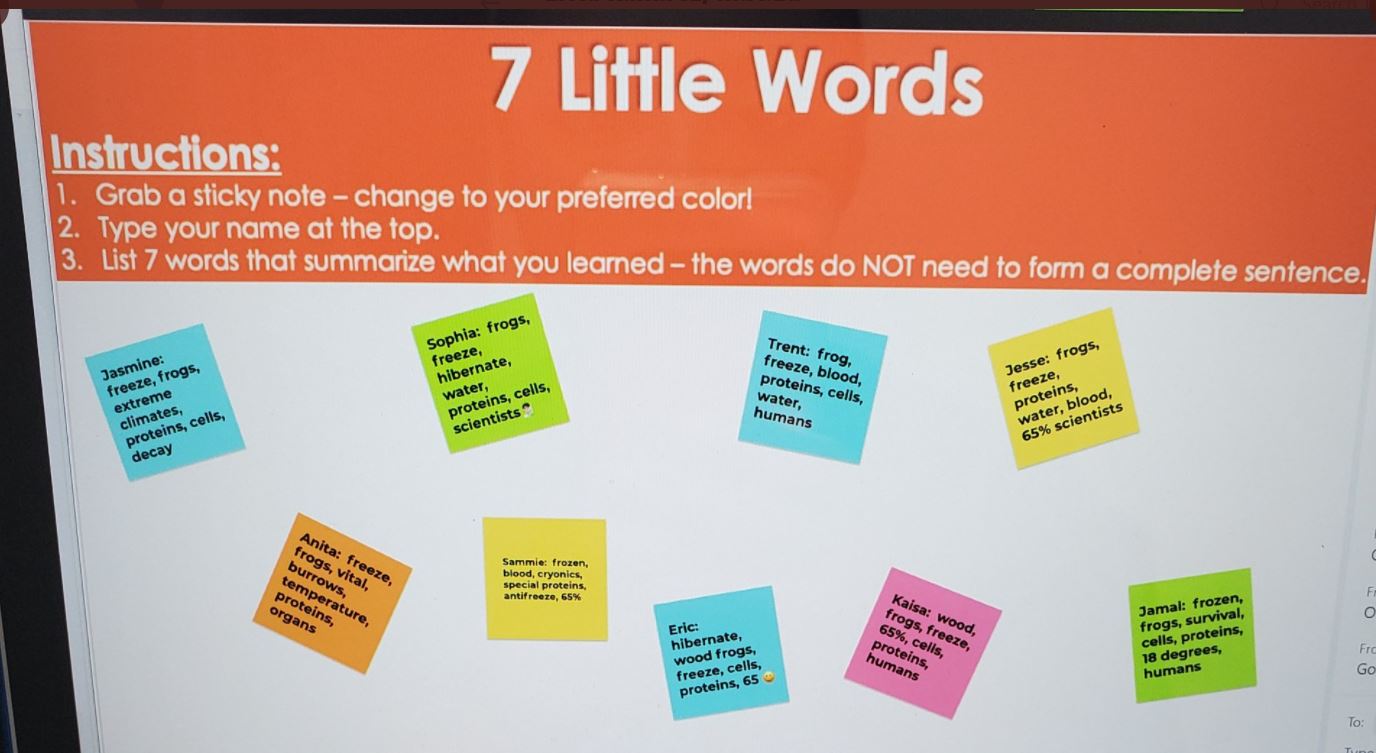

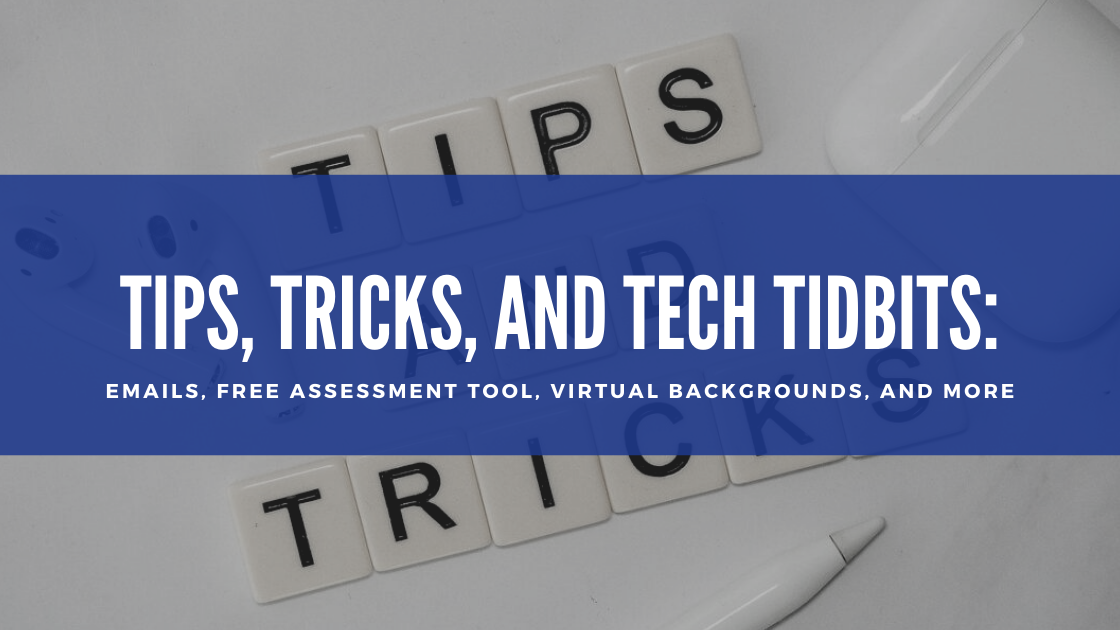


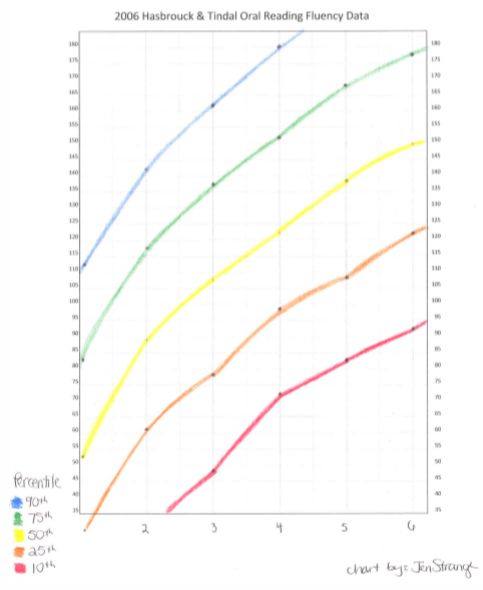


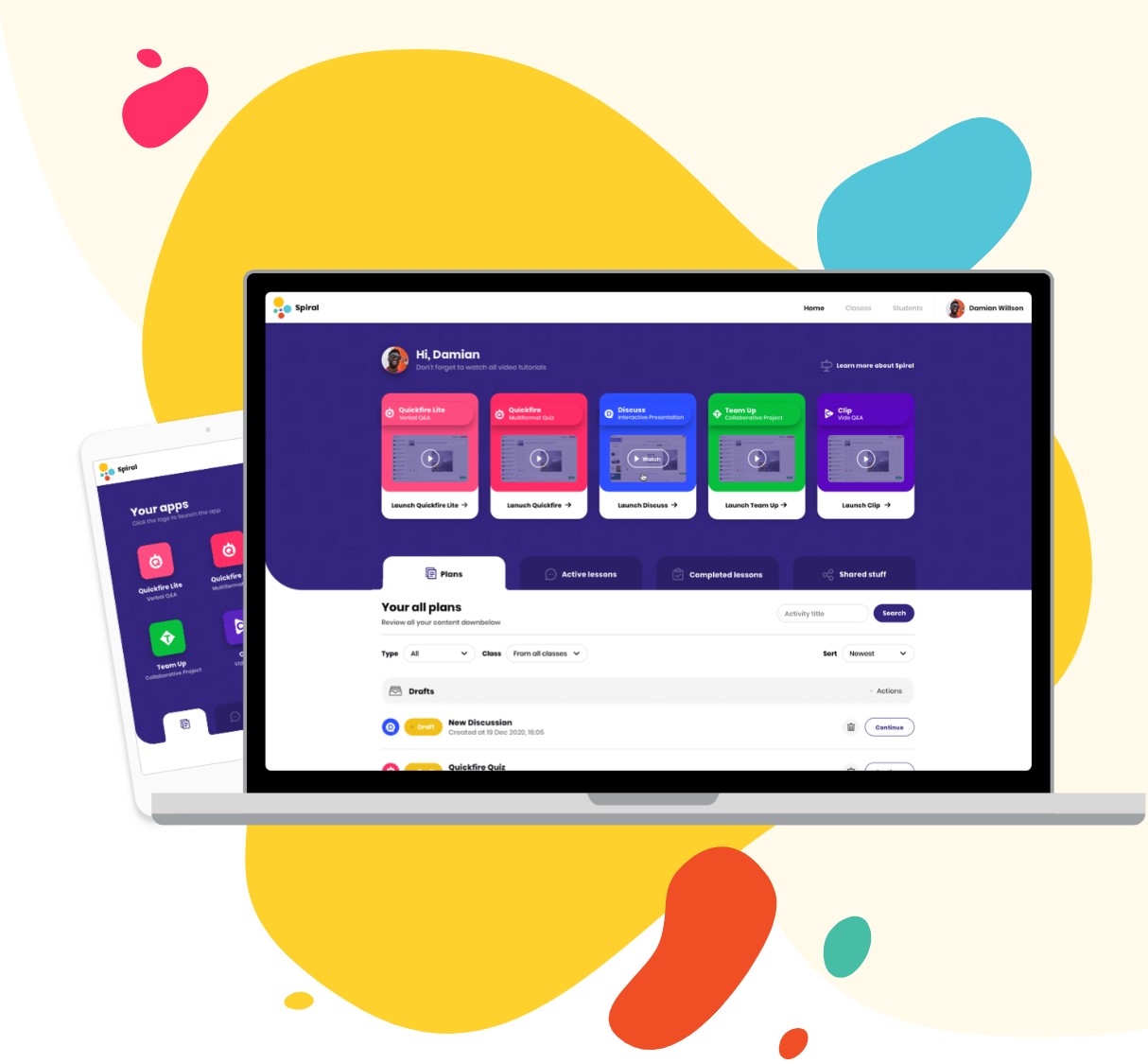
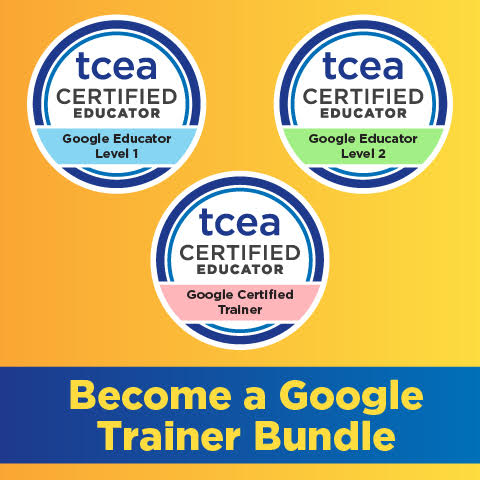 Sign up for one of our Google Certified Educator certifications. You’ll learn about more than Google Meet, as well as earn 12 CPE hours per course. Use these courses to get Google Educator certified.
Sign up for one of our Google Certified Educator certifications. You’ll learn about more than Google Meet, as well as earn 12 CPE hours per course. Use these courses to get Google Educator certified. 